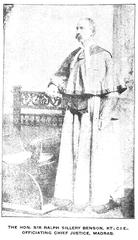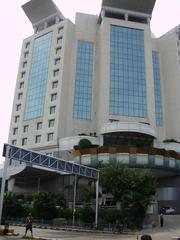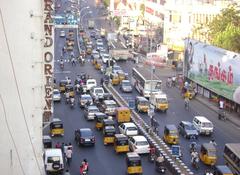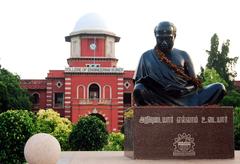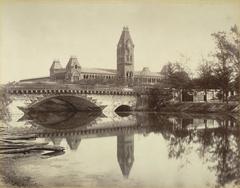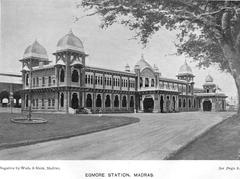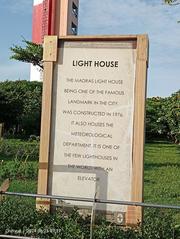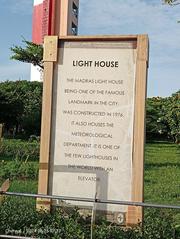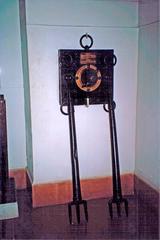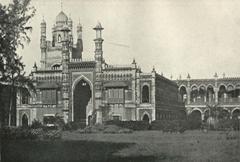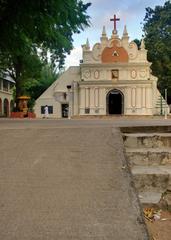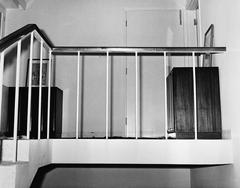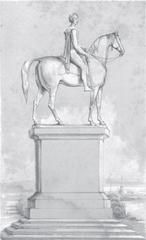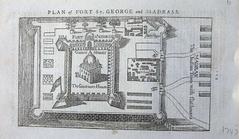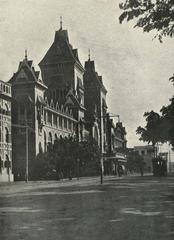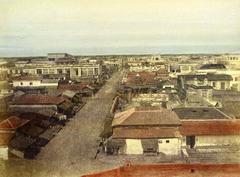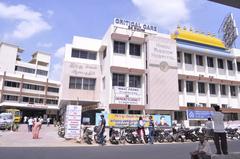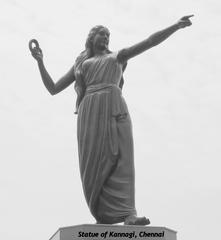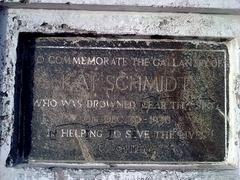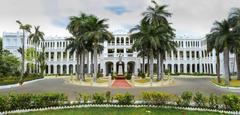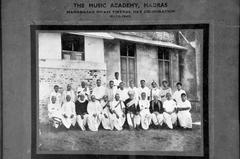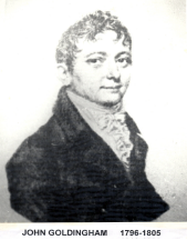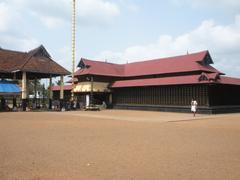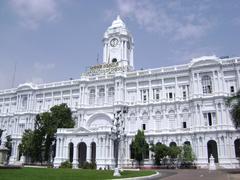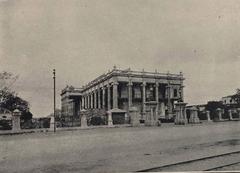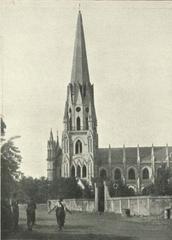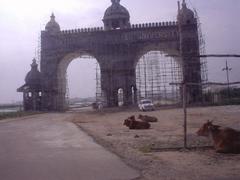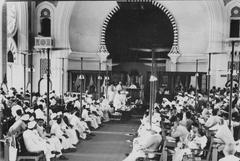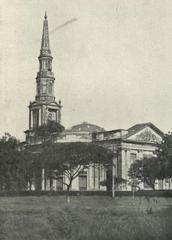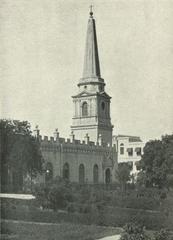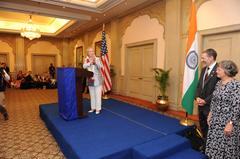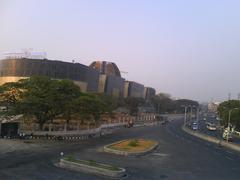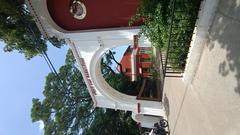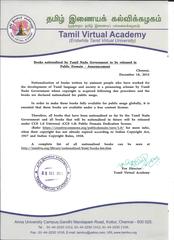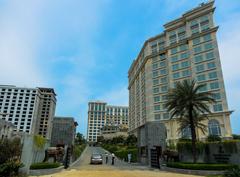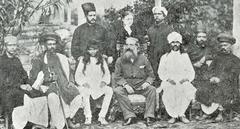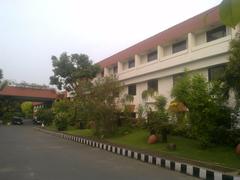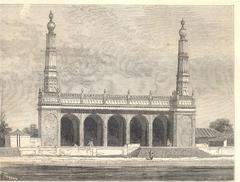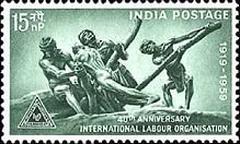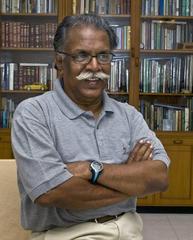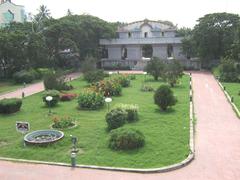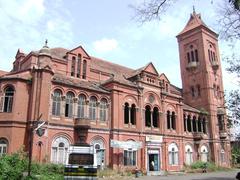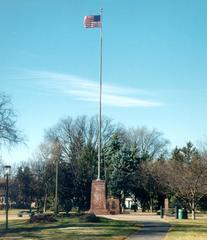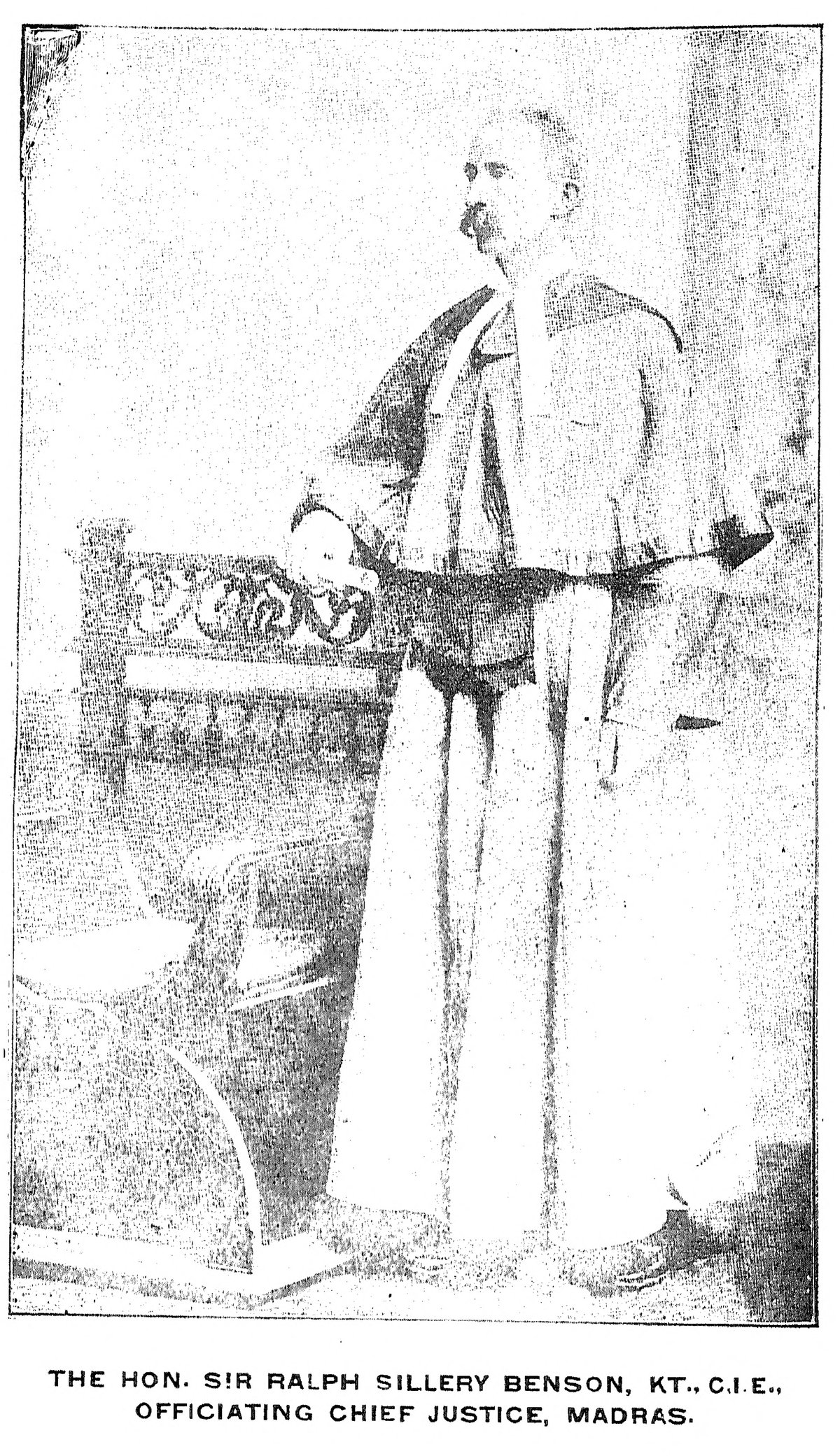
Madras High Court Visiting Hours, Tickets, and Guide to Chennai’s Historic Judicial Landmark
Date: 14/06/2025
Introduction
Nestled in Chennai’s George Town, the Madras High Court is not only one of India’s oldest high courts but also a crowning example of Indo-Saracenic architecture. Established in 1862, this historic landmark has witnessed key judicial milestones, survived world wars, and remains a living symbol of Chennai’s colonial and cultural legacy. This guide provides everything you need to know about visiting hours, entry protocols, accessibility, heritage walks, and nearby attractions, ensuring a rewarding visit for history buffs, architecture enthusiasts, and curious travelers alike (Chennai Tourism; The Hindu).
Historical and Cultural Overview
Founding and Evolution
The Madras High Court was formally established in 1862 under the Indian High Courts Act of 1861, marking the consolidation of British judicial administration in South India. Alongside the high courts in Bombay and Calcutta, it stands among the oldest in the country. The court replaced the earlier Supreme Court of Madras and the Mayor’s Court, evolving into a monumental authority for civil and criminal matters across the Madras Presidency (Edzorb Law).
Architectural Marvel
Completed in 1892, the complex was designed by J.W. Brassington and Henry Irwin, blending Gothic, Mughal, and Dravidian influences into a distinctive Indo-Saracenic masterpiece. Its red-brick façade, soaring domes, minarets, and stained glass windows are emblematic of Chennai’s layered architectural heritage. Unique features include a central dome that once functioned as a lighthouse and intricate interior details like Minton tiles, carved ceilings, and a gallery of legal luminaries (Fodor’s; Venkatarangan).
Endurance and Symbolism
The building’s resilience is legendary: it survived bombing raids during both World Wars, emerging as an enduring symbol of law and justice in South India (The Hindu). Statues like the Manu Needhi Cholan at the entrance reinforce the court’s commitment to justice rooted in local tradition.
Visiting the Madras High Court: Essential Information
Location and Accessibility
- Address: George Town, Chennai, Tamil Nadu
- Nearest Transport: Chennai Central & Chennai Beach Railway Stations (2–3 km); High Court Metro Station (Blue Line) adjacent to the premises (Holidify).
- Public Transport: Recommended due to limited parking and heavy traffic in the area.
Visiting Hours and Days
- Open: Monday to Friday, 10:00 AM – 5:00 PM
- Closed: Weekends and public holidays
- Best Time: Heritage walks are typically held on weekends or public holidays for minimal disruption to court proceedings.
Entry Protocols and E-Pass
- E-Pass Requirement: All visitors must apply for an e-pass via the official portal before visiting.
- Register with your mobile number, provide visit details, select your date, and await approval by SMS/email.
- Present the e-pass and a valid government-issued photo ID at entry (Times of India).
- Entry Fee: No charge for entry; e-pass and ID are mandatory.
- Security: Expect bag checks, metal detectors, and restricted access to certain areas.
Dress Code and Conduct
- Dress Conservatively: Men—trousers and collared shirts; Women—sarees, salwar kameez, or modest attire.
- Prohibited: Shorts, sleeveless tops, or revealing clothes.
- Silence and Decorum: Maintain quiet, keep phones on silent, and adhere to instructions.
Accessibility
- Facilities: Ramps and accessible restrooms are available, though some historic areas have limited accessibility.
- Assistance: Visitors with special needs should contact the court administration in advance.
Heritage Walks and Guided Tours
- Heritage Walks: Authorized guides, including legal experts, offer 1–2 hour walks showcasing the court’s history, architecture, and heritage courtrooms (Indian Columbus; Venkatarangan).
- Booking: Advance registration required due to limited group size (10–20 participants).
- Photography: Permitted only in outdoor/public areas; strictly prohibited inside courtrooms without permission.
- Languages: Walks may be available in English and Tamil.
Key Highlights Within the Complex
- Main High Court Building: Indo-Saracenic architecture with stained glass and ornate carvings.
- Rajamannar Hall: Named after P.V. Rajamannar, the first Indian Chief Justice post-independence.
- Manu Needhi Cholan Statue: Symbolizing absolute justice.
- Heritage Courtrooms: Colonial-era interiors accessible on select tours.
- Museum: Legal artifacts and memorabilia, curated by the Madras Bar Association.
Facilities and Amenities
- Restrooms: Available (basic).
- Food: No cafes on site; explore George Town’s vibrant street food before/after your visit.
- Waiting Areas: Limited; plan accordingly.
- Accessibility: Partial; some areas may have steps or uneven floors.
Nearby Attractions: Chennai Historical Sites
Enhance your experience by visiting these landmarks nearby:
- Fort St. George: The first British fort in India, with a museum.
- St. Mary’s Church: India’s oldest Anglican church.
- Parry’s Corner: Historic commercial zone with colonial-era buildings.
- Government Museum: Rich collection of South Indian art and artifacts.
For more, see Chennai Travel Tips.
Visitor Tips
- Secure your e-pass and heritage walk slot well in advance.
- Arrive at least 15–30 minutes before your scheduled visit for security screening.
- Carry only essentials; large bags may not be allowed.
- Best visiting months: November to February (pleasant weather).
Frequently Asked Questions (FAQ)
Q: What are the Madras High Court visiting hours?
A: Monday to Friday, 10:00 AM–5:00 PM. Heritage walks are usually organized on weekends or public holidays.
Q: How do I get entry permission?
A: Apply for an e-pass through the official portal and carry your ID.
Q: Is the court accessible for visitors with disabilities?
A: The premises are partially accessible; contact administration for assistance.
Q: Are guided tours available?
A: Yes, via heritage walks; check schedules and register in advance.
Q: Is photography allowed?
A: Only in designated outdoor/public areas.
Virtual Resources and Visuals
Preservation and Legacy
The Madras High Court is a protected heritage monument, with ongoing restoration and conservation to maintain its unique Indo-Saracenic features and rich legal archives. Its continued operation as a judicial seat, coupled with heritage tourism, ensures its legacy for future generations (Chennai Tourism; Culture & Heritage).
Final Recommendations
A visit to the Madras High Court offers an immersive journey into Chennai’s architectural splendor, legal history, and cultural fabric. With careful planning—securing your e-pass, booking a heritage walk, and dressing appropriately—you can explore one of India’s most significant judicial monuments. Combine your trip with nearby historical sites for a comprehensive Chennai experience.
Stay updated with the official website and local heritage walk organizers for current schedules.
Call to Action
Ready to explore the Madras High Court and discover Chennai’s heritage? Download the Audiala app for the latest updates on heritage walk schedules, visitor tips, and audio guides. Follow us on social media for exclusive content and inspiration.
Explore more:
Sources and Further Reading
- Madras High Court: Visiting Hours, Tickets, and Exploring Chennai’s Historic Judicial Landmark, 2025, Chennai Tourism
- A heritage walk through the Madras High Court – The Hindu
- High Court of Madras: A Heritage Walk – Venkatarangan
- Apply online for e-pass to enter Madras HC premises – Times of India
- Madras High Court Sightseeing – Holidify
- Indian Columbus: Madras High Court
- The Grandeur of British Colonial Architecture in Chennai – Culture & Heritage
- Edzorb Law: The Role of High Courts in the Indian Judicial System
- Omeeyo: Madras High Court Sightseeing
